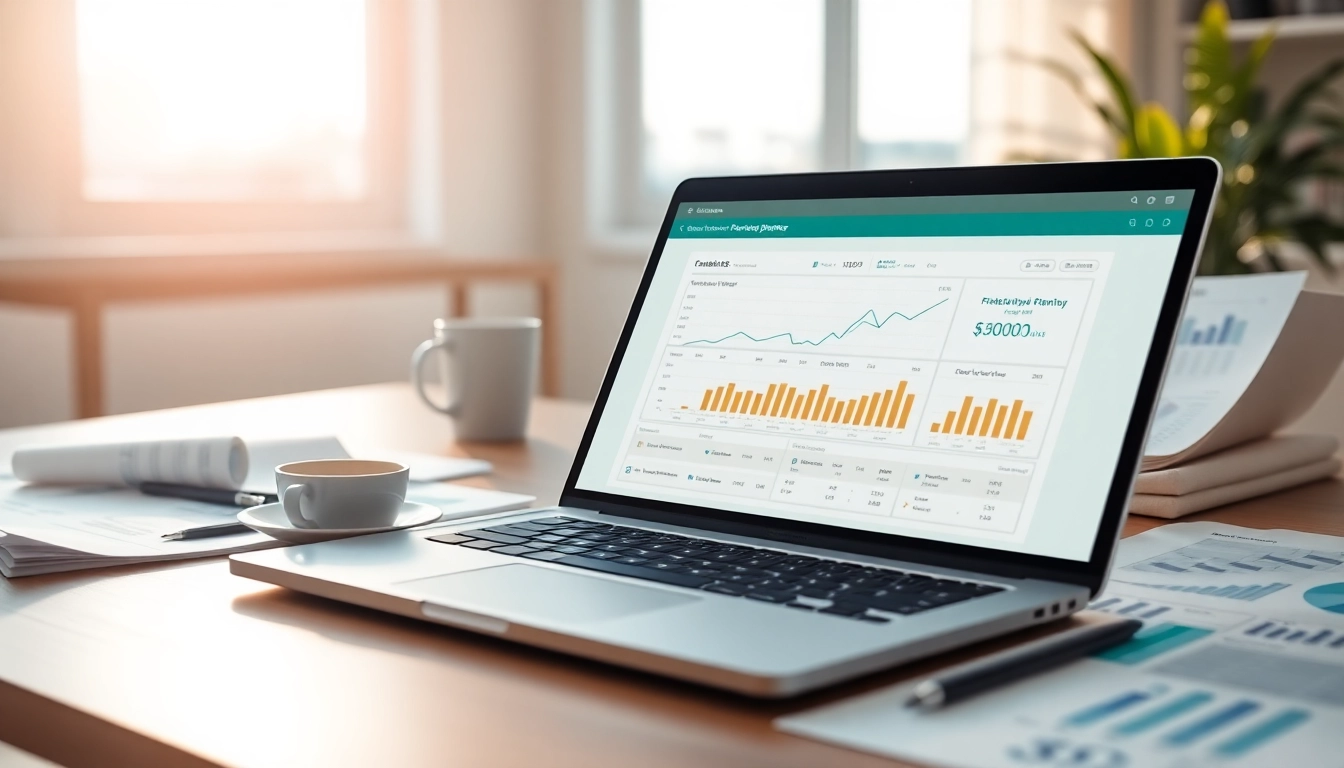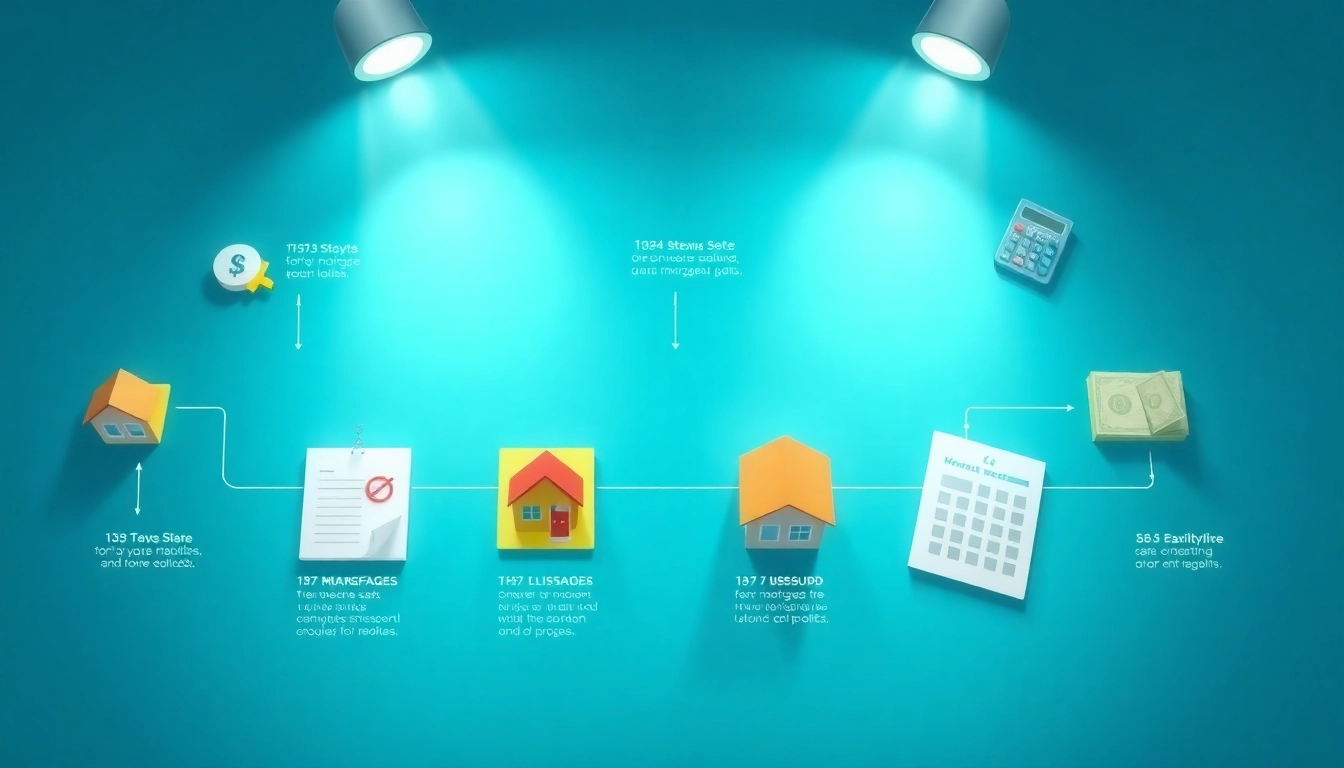Understanding the Importance of Financial Planning Tools
In today’s fast-paced world, managing personal finances can be a daunting task. Many individuals find themselves lost in a maze of numbers, budgets, and investment strategies. This is where a financial planning tool comes into play. These tools not only simplify financial management but also empower users to make informed financial decisions, ensuring they are on track to achieve their long-term financial goals.
What is a financial planning tool?
A financial planning tool is a software application designed to help individuals or businesses manage their finances by providing a comprehensive overview of their financial situation. These tools can assist in budgeting, forecasting, investment tracking, tax planning, and retirement planning. By integrating various financial data into one accessible platform, users can visualize their current financial health and make more strategic decisions.
Benefits of using a financial planning tool
Utilizing a financial planning tool can yield numerous benefits:
- Enhanced Budgeting: These tools provide an effective platform to create and manage budgets. They enable users to track their income and expenses in real-time, ensuring they can stick to their financial plans.
- Goal Setting: Users can set clear financial goals—whether saving for a home, a vacation, or retirement—and monitor their progress towards these objectives.
- Informed Decision Making: With access to detailed financial analytics, users can make better decisions regarding investments, savings, and spending habits.
- Stress Reduction: Knowing where one stands financially can significantly reduce anxiety about money management, enabling users to focus on achieving their goals.
- Comprehensive Financial View: A financial planning tool consolidates varied financial information, allowing users to see the big picture and adjust their strategies accordingly.
Common features to look for
When selecting a financial planning tool, it’s crucial to look for features that align with your financial needs. Here are some essential features to consider:
- Budgeting Capabilities: The tool should allow for easy tracking of income and expenses, helping users to create and maintain a budget.
- Goal Orientation: It should provide functionalities to set, track, and update financial goals.
- Investment Tracking: Users should be able to manage and analyze their investment portfolios easily.
- Reports and Analytics: Comprehensive reporting features enable users to analyze their financial habits and identify areas for improvement.
- User-Friendly Interface: An intuitive design enhances the user experience, making it easier to navigate and access features.
- Security Measures: Ensure that the tool uses encryption and other security protocols to protect sensitive financial data.
How to Choose the Right Financial Planning Tool
Selecting the right financial planning tool can significantly affect your personal finance management. Here are some critical steps to help you find the right fit for your financial goals.
Assessing your financial needs
Before choosing a financial planning tool, it’s crucial to assess your financial situation. Understand your needs: Are you looking to manage a strict budget, plan for retirement, or simply keep track of your spending? Analyze your current financial status, identify your goals, and determine what features you’ll need from a tool to support these plans.
Comparing features and cost
Once you’ve identified your needs, compare different financial planning tools based on features and cost. Some tools may have rich features but come with high subscription fees, while others may be more affordable but lack crucial functionalities. Evaluate whether the cost aligns with the features you need, and consider whether a free trial is available to test the tool before committing.
Reading user reviews and testimonials
Before making a decision, read reviews and testimonials from other users. This feedback can provide insights into the user experience, customer support quality, and any potential drawbacks of the tool. Look for reviews on independent websites to get a balanced perspective, and pay attention to any recurring themes in the feedback.
Best Practices for Utilizing a Financial Planning Tool
Using a financial planning tool effectively requires best practices to ensure you gain the maximum benefit. Consider the following tips:
Setting clear financial goals
Establish specific, measurable, achievable, relevant, and time-bound (SMART) goals. Whether it’s saving for a major purchase or planning for retirement, having clear goals helps guide your financial planning process and provides motivation to stick to your budget.
Regularly updating your financial data
To ensure accuracy and relevance, regularly input any changes to your financial situation into the tool. This includes income changes, new expenses, or adjustments to your investments. Keeping your data up-to-date is crucial for making informed financial decisions.
Utilizing insights for better decision making
Leverage the insights and analytics provided by the tool to assess your financial habits. Identify patterns in your spending, pinpoint areas for improvement, and adjust your financial strategies accordingly. For example, if the tool shows that you overspend in a particular category, consider reevaluating your budget to accommodate those insights.
Common Challenges in Financial Planning
While utilizing a financial planning tool can enhance financial management, there are pitfalls to be aware of. Here are some common challenges and how to overcome them:
Overcoming budgeting barriers
Many individuals struggle with sticking to a budget. To overcome this challenge, make your budget realistic and flexible, taking into account unexpected expenses. Regularly review your budget and results to recognize what works and what does not.
Staying disciplined with spending
Discipline in spending habits can wane over time. To maintain discipline, leverage the reminder features of your financial planning tool. Set alerts for overspending or when you’re nearing budget limits. Additionally, consider visualizing your progress towards financial goals to reinforce good habits.
Addressing unexpected expenses
Unexpected costs can derail financial plans. To mitigate this, build an emergency fund that can cover several months of expenses. Regularly updating your financial tool to include this fund in planning can provide a cushion against surprise expenditures.
Measuring Success with a Financial Planning Tool
Evaluating progress and success is essential to achieving your financial goals. Here are ways to measure your achievement:
Setting performance metrics
Create quantifiable performance metrics to gauge your financial health. These could include savings rates, debt repayment ratios, or investment growth. By regularly reviewing these metrics, you can adjust your strategies and stay on track with your financial objectives.
Reviewing progress regularly
Schedule regular reviews of your financial situation with the tool. Monthly or quarterly assessments allow you to see how well you’re adhering to your plan and if adjustments are needed. Use these reviews to celebrate achievements and recalibrate if challenges arise.
Adapting your plan to life changes
Life is unpredictable, and financial plans may need adjusting as circumstances change. Whether it’s a job change, a new family member, or shifting economic conditions, be prepared to reassess and adapt your financial strategies accordingly. Utilize your tool’s flexibility to update goals and budgets based on these changes.



